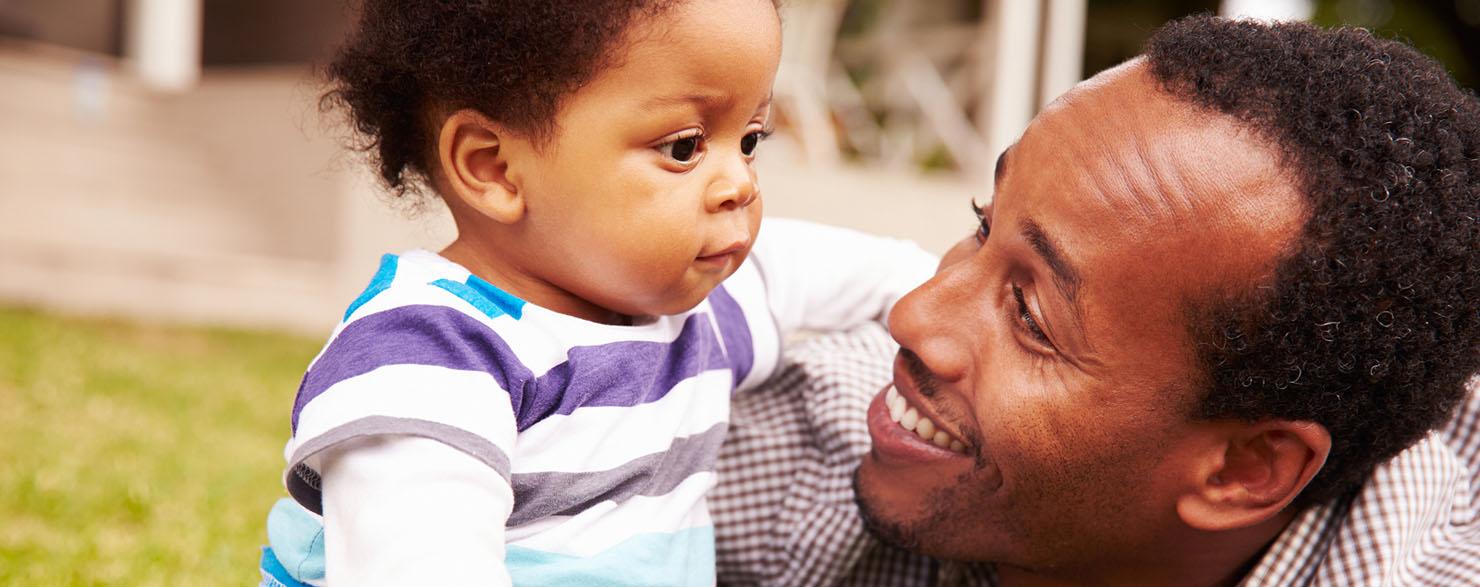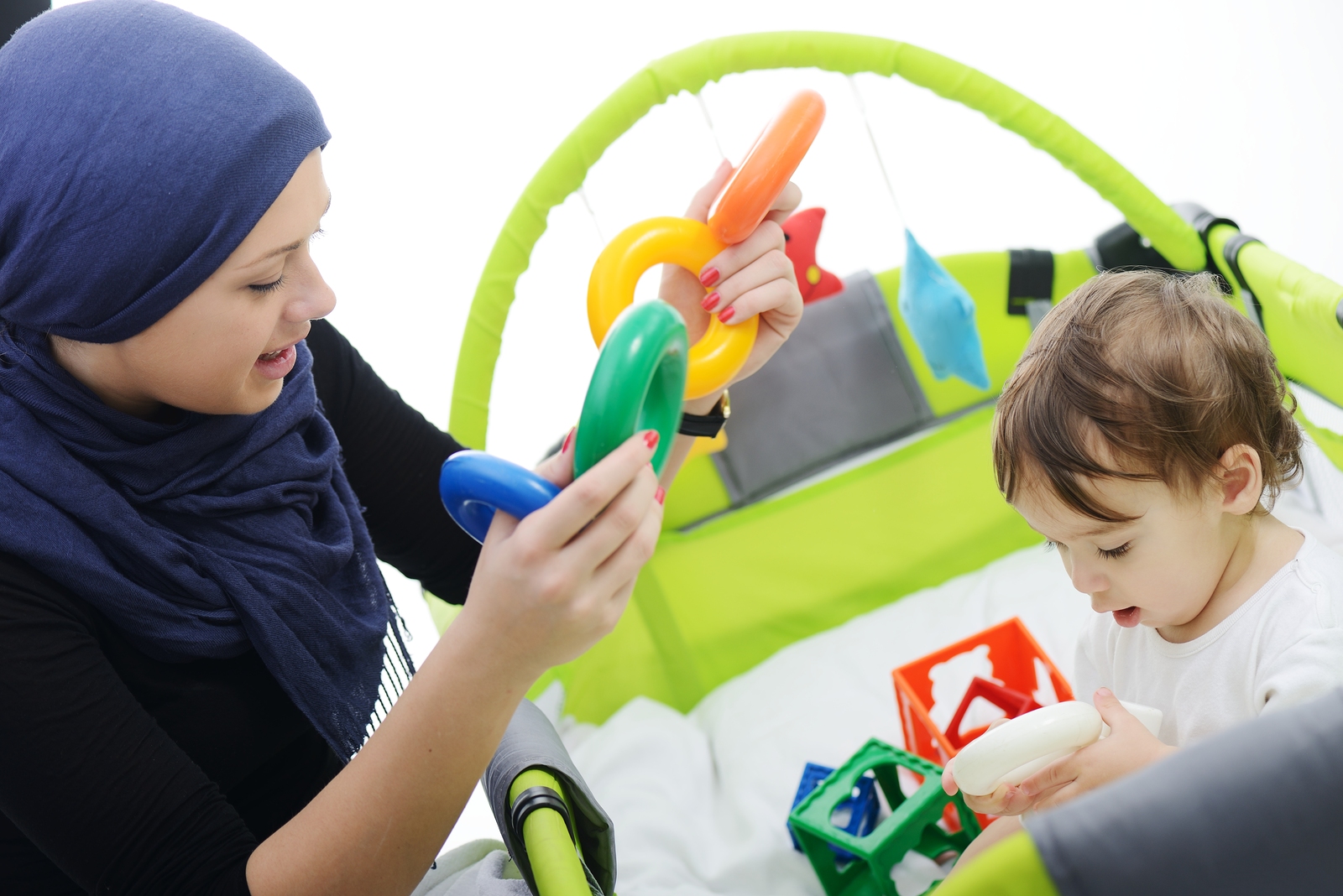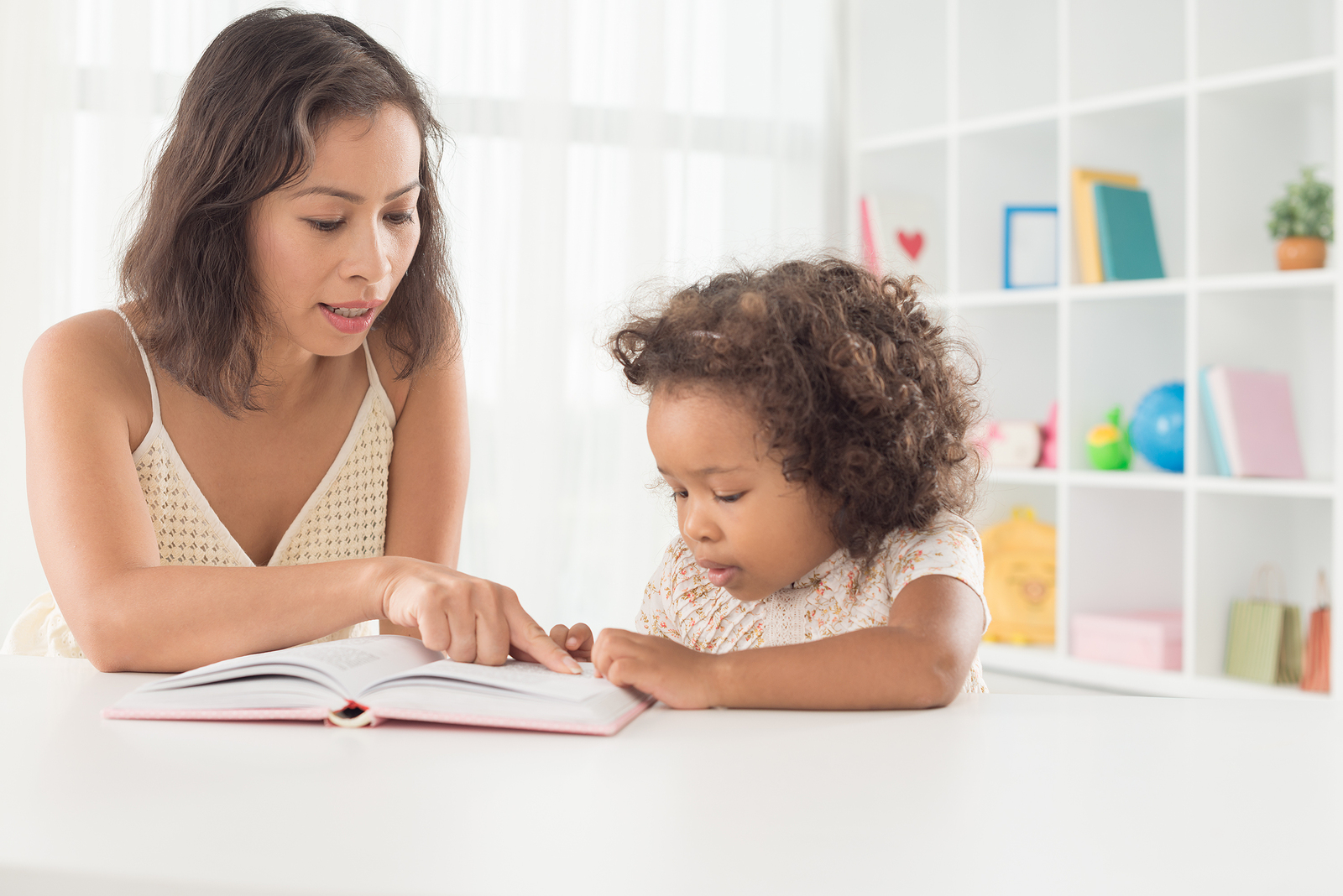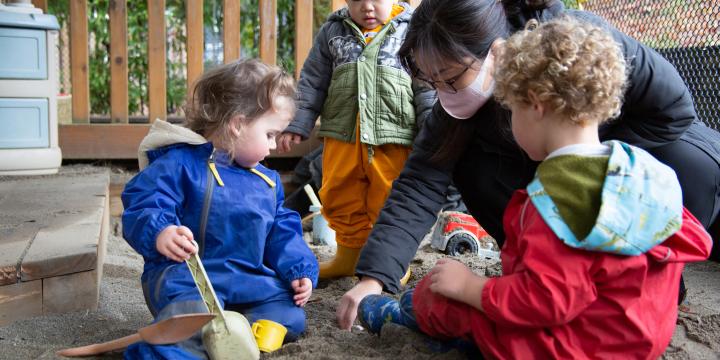
How to talk about feelings with your toddler
Talking about feelings can be difficult, even when you’re an adult. Most of us will continue strengthening our skills in this area throughout our lives, as we navigate school, work, family and relationships.
Nurturing school-ready, well-adjusted kids involves cultivating communication skills for effectively expressing emotion. It’s one of the best ways to equip young children with the skills to succeed.
Between ages 2 and 3, children experience many ups and downs, but their ability to understand and label those feelings are limited. As parents and adults, our job is to shepherd them through these new experiences
Here are ways to build a solid foundation for healthy expression and emotional management in young children.
Open up
Having lots of conversations about feelings helps children build a vocabulary for and awareness of emotions. Studies show that children whose parents discuss feelings generally have better social skills.
Children adopt and learn from the behaviours around them. If you show that it’s OK to say that you are scared or sad, they’ll learn that it’s safe to communicate difficult emotions. For instance, if you’re frustrated, say so, explain why, and how you plan to calm down.

If you see something, say something
Grow a young child’s awareness of her own emotions. Start with describing her feelings: Say that she’s excited and then bring her awareness to how her body feels and looks when she feels that emotion—her eyes are big and she’s dancing with joy! These labels give her words to talk about her feelings and build understanding of others’ emotions.
Extend this practice when you are reading stories and talk about how the characters might feel. There are countless books for young children that focus on growing emotional literacy such as these books recommended by The Center on the Social and Emotional Foundations for Early Learning.
Let them know, “I’ve been there, too”
Feeling sad is a lonely feeling and it can be especially intense in childhood. It’s important young children know that, though sad feelings can be scary and unpleasant, they are temporary and normal. Just because something doesn’t happen the way we want it to, we can make things better, and we can feel better.
If she’s feeling sad, tell your child that you see her (“You look disappointed”), and that you can relate (“Sometimes I feel sad, too”). Talk about why she feels that way. It’s also valuable to explain how to move past negative feelings: remind your child new experiences can be scary, but many of them turn out to be rewarding, even fun! Talk about how you can improve the situation—maybe it’s a hug, or some time to play with her favourite toy. On that note…
Don’t forget to play
Helping kids recognize, manage and express their feelings are skills they will carry with them throughout their lives—and like so many other components of early learning, play enhances them. Get active and give your toddler an outlet for pent up emotions; play with dolls and puppets to make sense of complicated feelings; express emotions through song and dance; get artistic and express feelings through painting and drawing.
In your exploration of the emotional world, together you’ll take the rewarding journey of processing the varied emotions of a child’s life. As she or he grows up to face situations on their own, they’ll be able to come to you and tell you how they feel.


